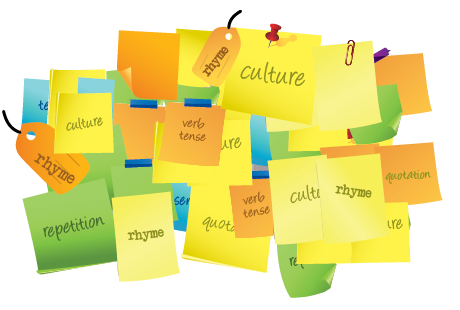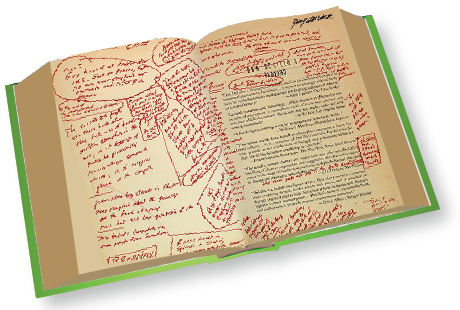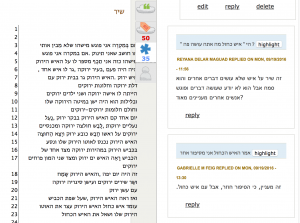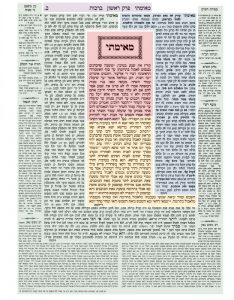Mira Angrist, Boston University
In my practice as a Hebrew language instructor at Boston University, I have been integrating various online tools to strengthen students’ oral and written communicative performance. Using eComma with intermediate and advanced level students has been very effective in enhancing their interpretive, presentational and interpersonal writing performance.
Reading through eComma slows down the process of learning for students and thus helps improve their interpretive skills both in the content and form of the text. In today’s world, this is especially meaningful since students are “hyper readers.” Students report that using eComma makes them read more slowly and more carefully, using guided instructions on what to look for.
Below is a sample set of instructions I gave students in an intermediate language class. The instructions are in English but, of course, the writing of the students in eComma is in Hebrew.
LH 211 Professor Angrist
Working with eComma, a Tool for Social Reading
On Blackboard under content, look for the eComma folder. Currently there is one text in eComma. Please click on the text.
Assignment # 1 Predicting the theme of the poem based on the frequency and size of the words on “word clouds”
On the right side of the text, you will find word clouds. Those are words that appear in the text frequently. Based on those words only, predict in Hebrew what the text is about. Please write a paragraph of at least 6-8 sentences. (Write on a separate piece of paper and bring to the next class). Begin your prediction with “The poem is about… השיר על.”
Assignment # 2 Tagging verbs in the past tense
On the tag cloud tool, find at least 4 verbs in the past tense (you need to highlight and then tag with a name)
Assignment # 3 Find two sentences from the song that you would like to comment on
On the tag cloud tool, find 2 sentences in the song, highlight them and then comment. You should explain why you chose those statements and add any other thoughts.
Assignment # 4 Respond to two other students’ comments
Your response can also be a question.
Assignment # 5 Finish the poem
Highlight the last sentence of the song and complete it with at least three sentences.
Effective eComma tools
I often ask students in language classes to predict the content of a text from titles, pictures, and the opening sentences of several paragraphs. Prediction is an effective tool since it helps students transition to the subject and use productive skills. It also allows the instructor to assess students’ abilities. It is an advantage that the “word cloud” in eComma provides high frequency vocabulary that will appear in the text. It is especially useful for Novice/Intermediate Low students who need some “crutches” to predict.
In trying to increase contact hours with the written language and at the same time facilitate interaction between students around the text, eComma is a powerful tool. Students are motivated to annotate and respond to each other and that advances their written presentational and interpersonal skills.
Students’ annotations can become a text by itself which can be further analyzed. In one class where students were asked to end a poem, I took all their endings and made a new text for them to analyze both for content and form. In many ways eComma elicits a Talmudic approach in which rabbis commented on the text and on each other’s comments. See an image below that demonstrates this similarity (eComma is on the left and an annotated text from the Talmud is on the right):







